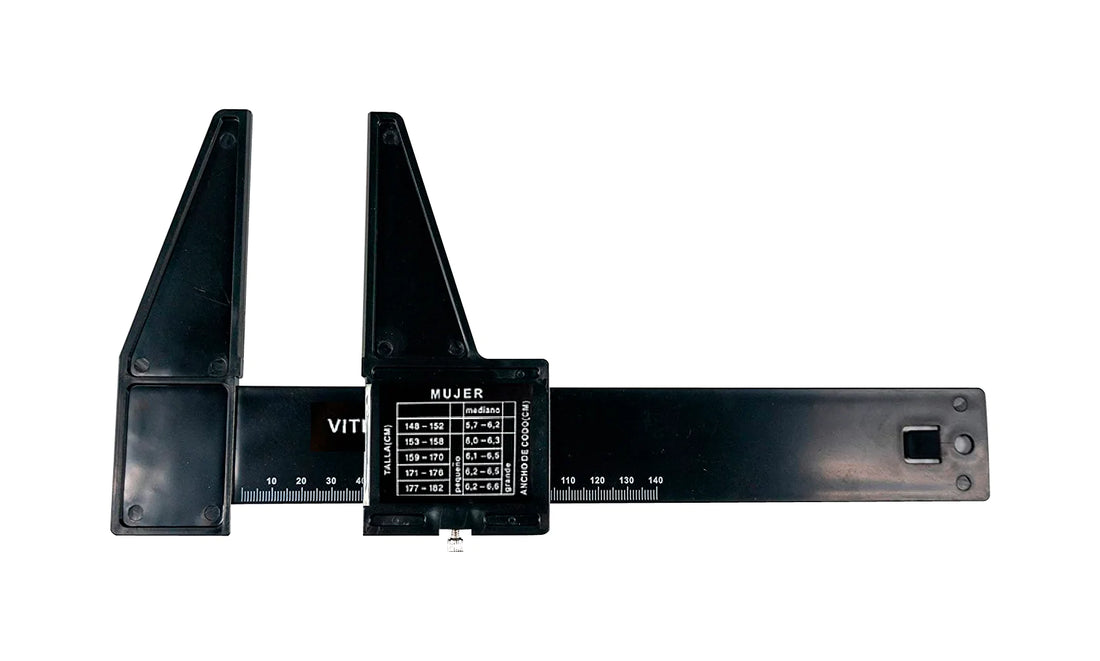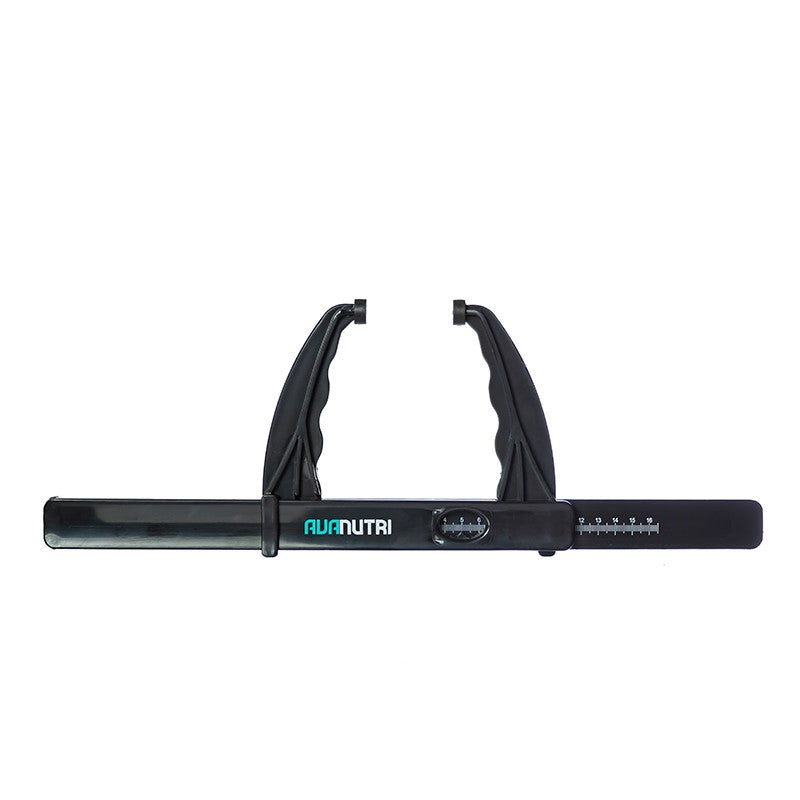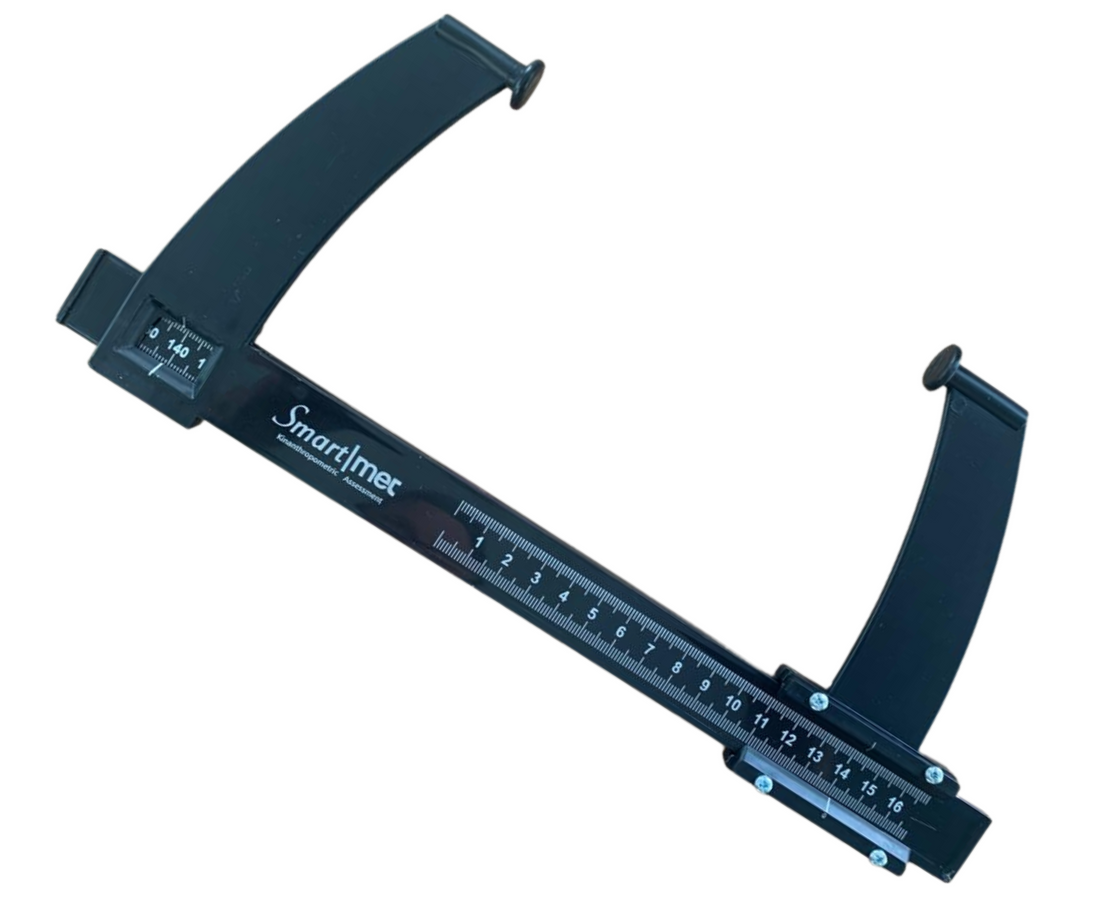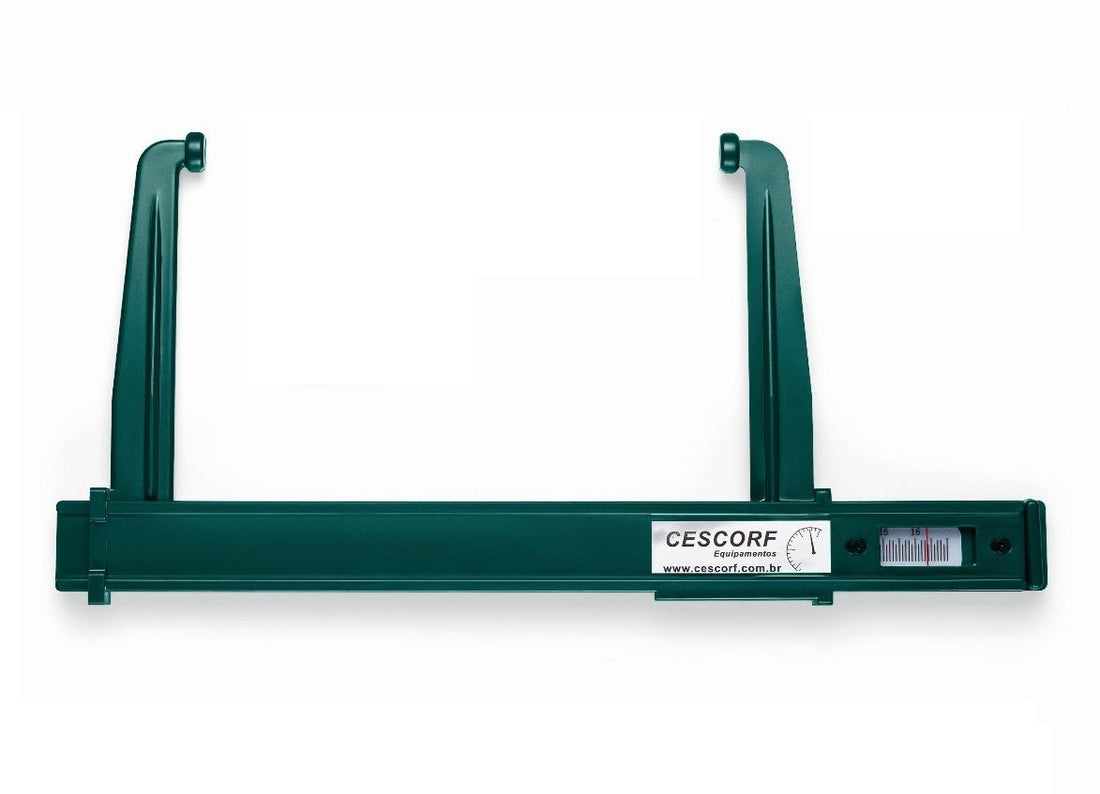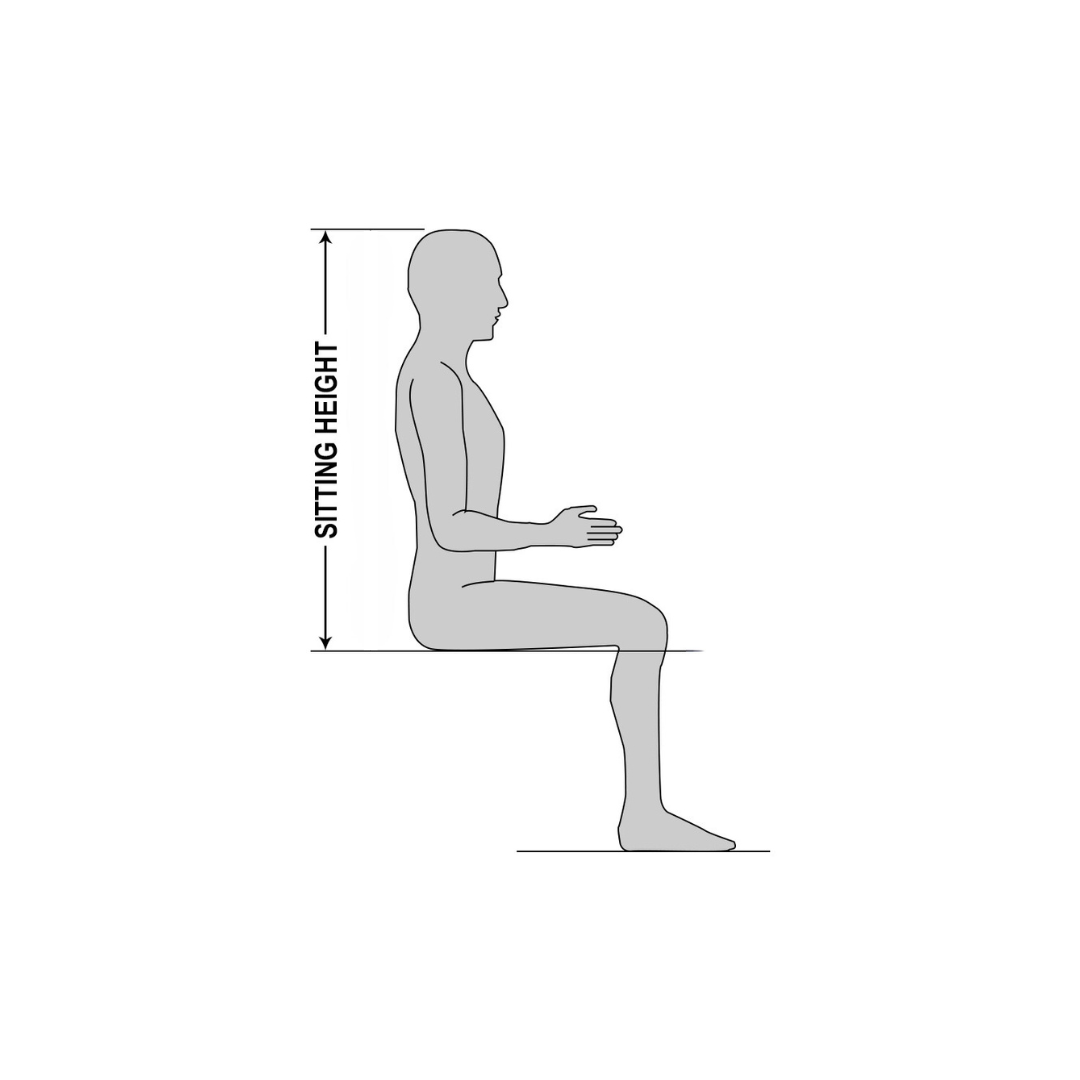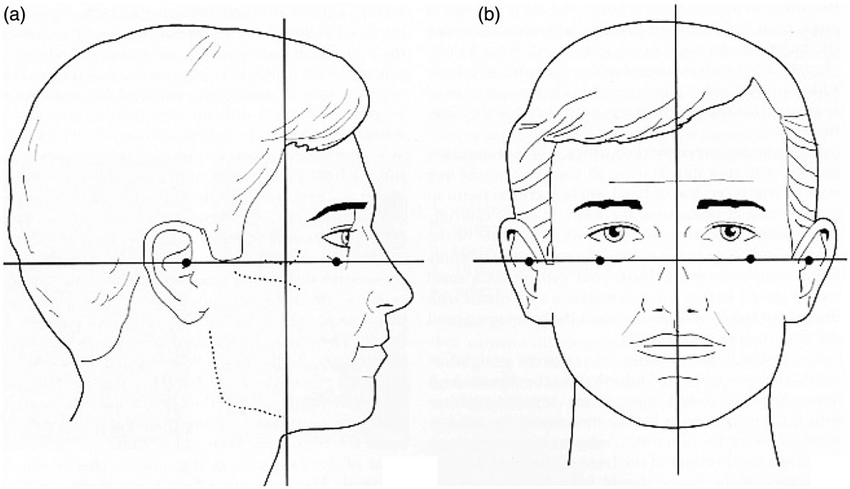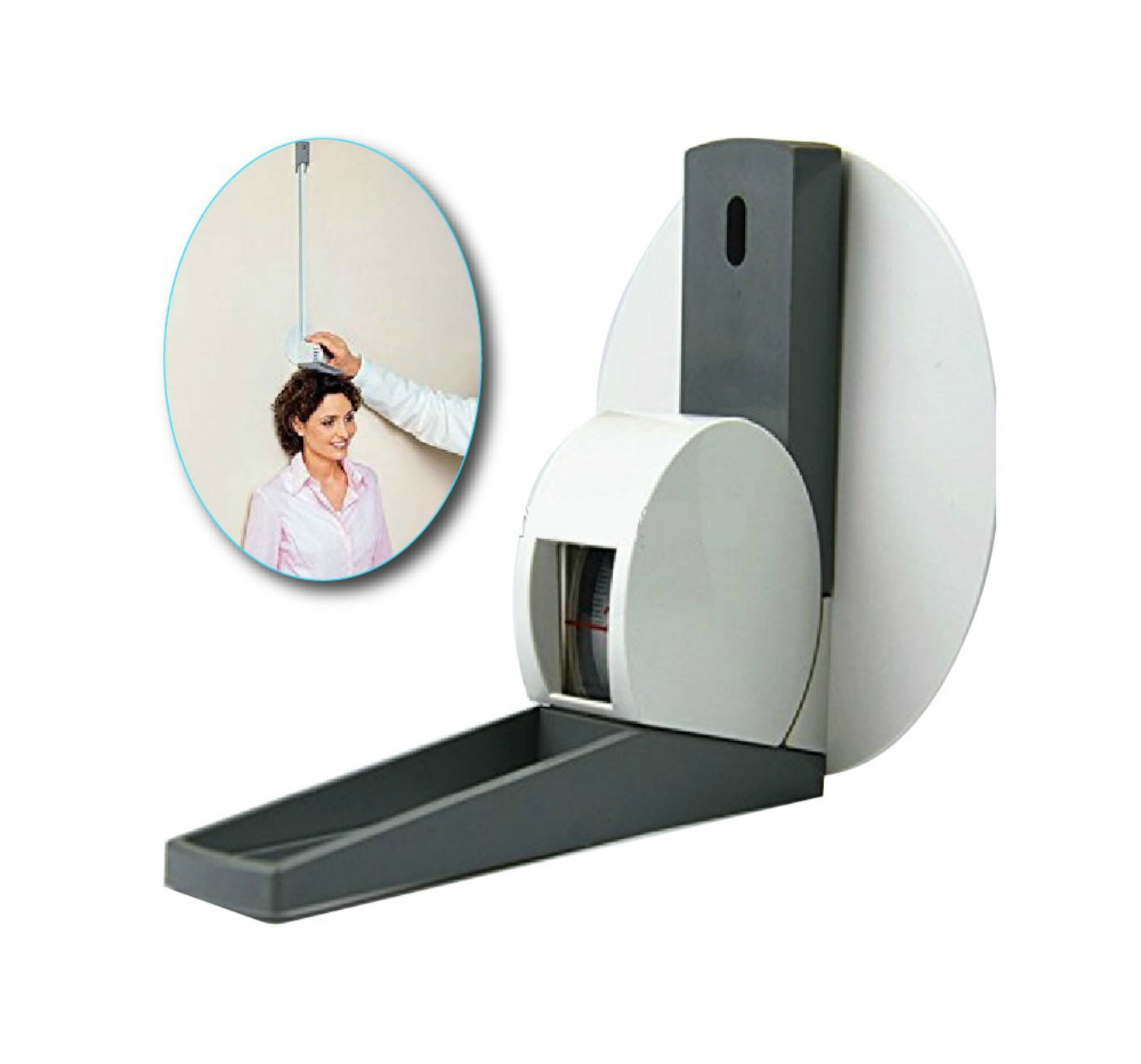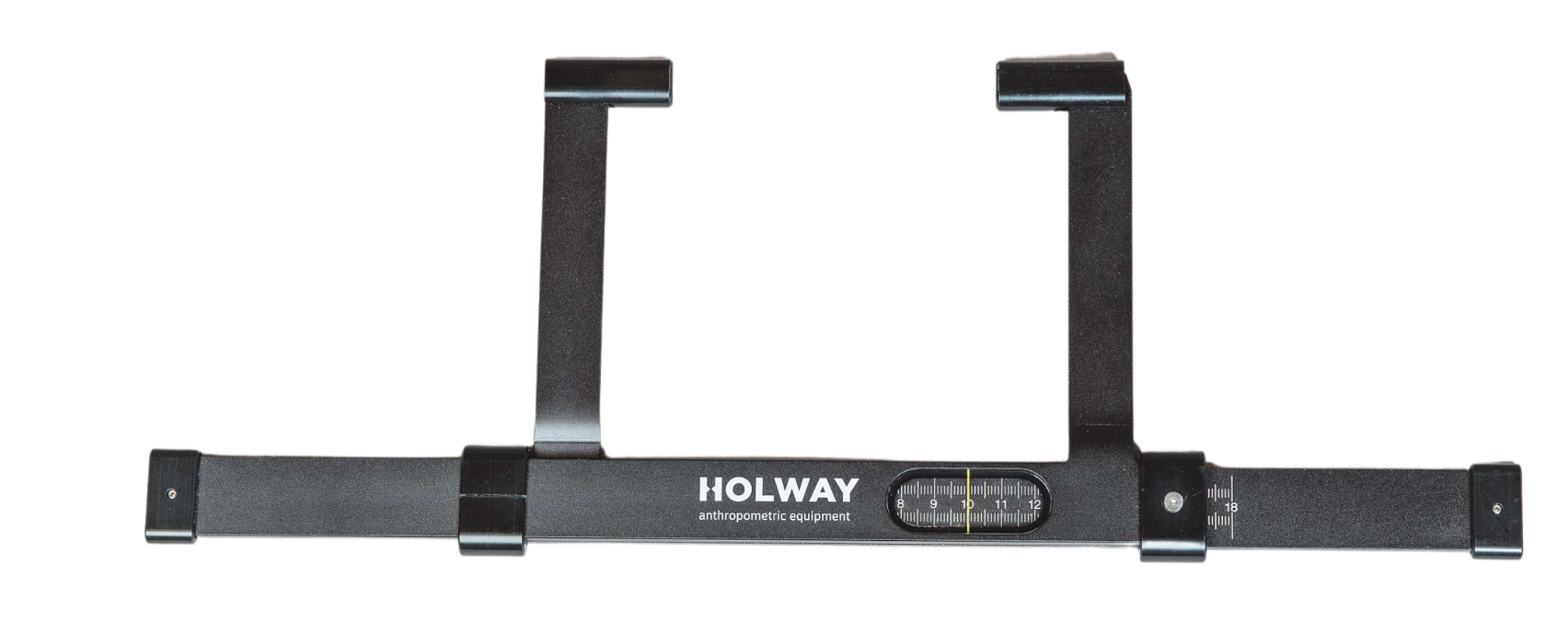

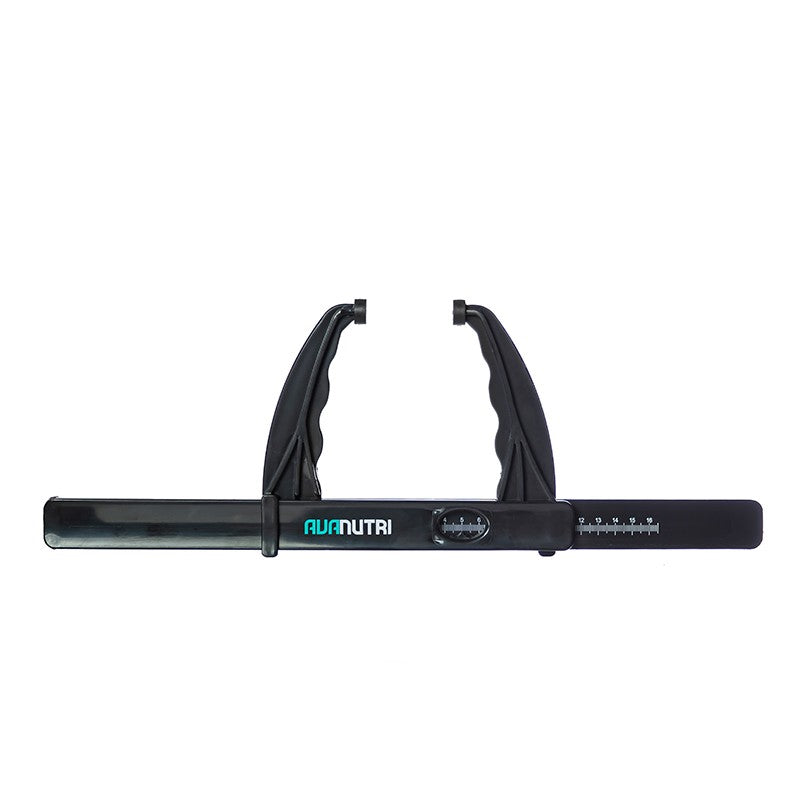

Material
The material of the anthropometer should be durable and lightweight, often made of high-quality metals or reinforced plastics, to withstand frequent handling and measurement tasks.
- Plastic anthropometers are lighter and more affordable, making them easier to transport and ideal for use in various settings, including fieldwork. However, Due to the manufacturing process, most plastic models show light superficial imperfections, and they are also prone to cosmetic wear and tear over time. Also, they have more flexibility than metal ones, which could result in less precise measurements. Finally, plastic models are less durable and could break or crack if not properly protected during transport.
- Metal anthropometers are renowned for their robustness and longevity, providing consistent and accurate measurements over prolonged periods. They are more expensive and heavier than their plastic counterparts, their durability makes them a reliable investment for long-term use.
Ultimately, the choice between plastic and metal should be guided by the specific requirements of your application, balancing factors such as budget, durability, and portability.
Easy Reading
Easy readability is crucial; clear, precise markings and an intuitive design can significantly enhance measurement accuracy.
- Scales with large, clear, and high-contrast markings are generally easier to read, reducing the likelihood of user error and eye strain.
- Digital scales, which display measurements on an electronic screen, can offer even greater convenience and precision, often providing additional features such as memory functions and data transfer capabilities.
Choosing an anthropometer with an easy-to-read scale is crucial for ensuring precise and consistent data collection, especially in settings where quick and accurate readings are essential.
Sliding
Smooth sliding mechanisms allow for effortless adjustments, providing more reliable and consistent readings.
- High-quality anthropometers feature precisely engineered sliding components that move effortlessly along the measurement axis, ensuring consistent and accurate measurements without jerks or resistance.
- Lower-quality anthropometers may have rough or uneven sliding mechanisms, which can lead to inconsistent measurements and increase the risk of measurement error.
Investing in an anthropometer with a well-designed, smooth sliding mechanism is essential for achieving precise and reliable results, while also providing a more comfortable and efficient measurement process.
Comfort
Comfort during use is vital, as ergonomic designs can reduce strain and improve measurement efficiency during extended periods of use.
Manufacturer
Reviews and manufacturer reputation can provide insights into the reliability and longevity of the anthropometer


